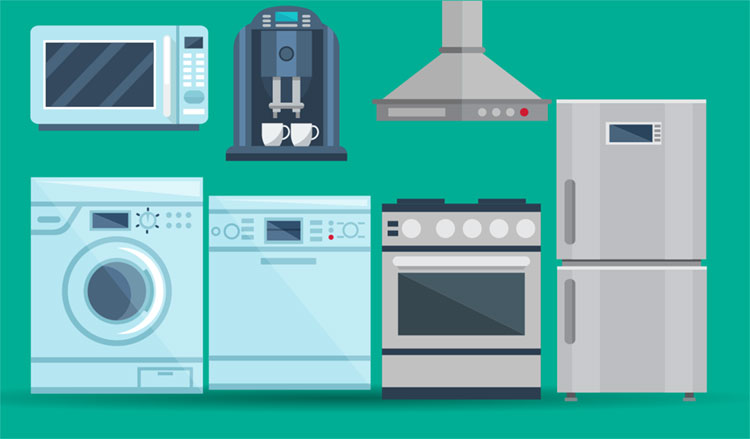It’s never a good day when you realize you need to replace a large appliance in your home. However, when the unfortunate time comes, be sure to take a moment and consider what you will purchase—especially for appliances that haven’t been replaced in a number of years, as the technology may have changed substantially. Instead of rushing out to buy the same make and model of appliance you had, consider this an opportunity to assess the market and make a smart purchase that will save you money in the long run.
According to the Department of Energy, appliances account for about 13 percent of the average household’s energy use. Clothes dryers, refrigerators/freezers, computers, microwaves, dishwashers and washing machines are the appliances that tend to use the most energy in a typical American home.
Every appliance you buy has an operating cost, which is the cost of the energy needed to power the appliance. To facilitate more informed comparison shopping, the federal government requires some appliances to have an Energy Guide label stating the approximate energy consumption and operating cost of the appliance.
Appliances with an ENERGY STAR label use 10 to 50 percent less energy than standard appliances and are generally more expensive than their standard counterparts.
So, it’s important to compare the lifetime costs of each (up-front cost plus operating costs) to ensure that purchasing the efficient appliance is the best choice.
As you begin your search for a new appliance, check with your electric cooperative to see if they offer incentives for energy efficient appliances.
Dramatic advancements in the efficiency of many electric appliances now can provide the same level of end-user comfort with substantially less electric input. With a little research and forethought up-front, you can save money over the life of your appliance without sacrificing any benefits. Good luck, and happy shopping!






